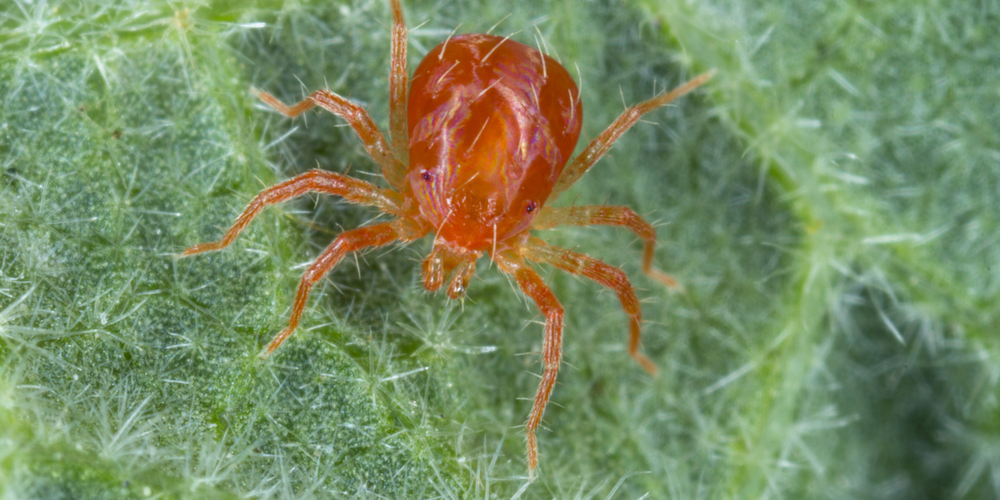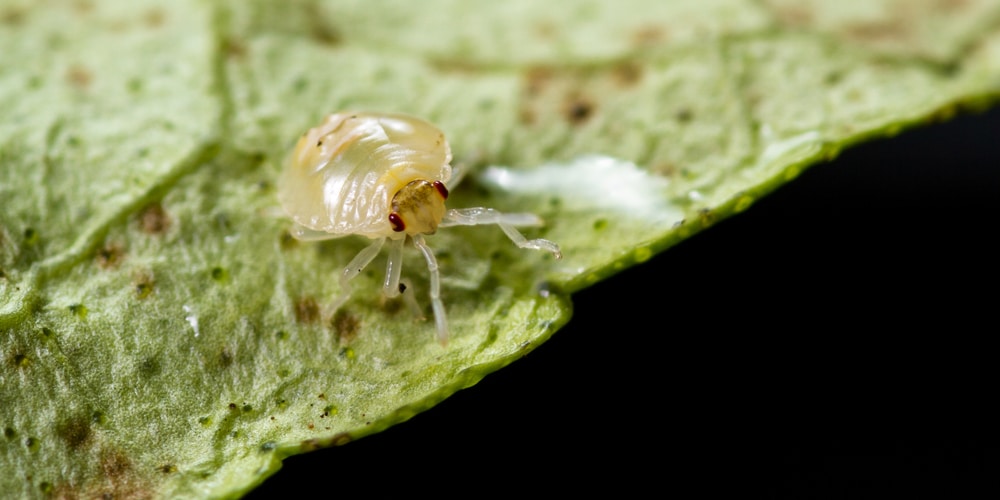Did you regret leaving your succulent unattended in the open? Most growers ignore that even cacti have their fair share of pests. Spider mites on cactus plants is a common problem. Not even their spiky leaves protect them against one of the most annoying members of the Acari family.
Finding spider mites on cactus plants can really turn a wonderful week into a raging nightmare. Spider mites can be red, orange, yellow, green, white, and brown—all the shades of anger! Above all, they eat plant tissue and suck the plant sap, along with the chlorophyll, biting deep into each plant cell.
The good news is that getting rid of these buzzkills from hell is possible. All it takes is the right product and treatment. And, of course, patience—a lot of it!
Removing Spider Mites On Cactus Plants
As soon as you find spider mites on cactus cladodes or bodies, take a hose and wash the plant. You can also take your succulent to a faucet. Try to jet blast the aerial part off with water to knock as many spider mites as possible.
The best way to kill spider mites is to use a miticide. But spraying the product alone may not be sufficient to stop a full-on infestation. aIn fact, spider mites can produce hundreds of eggs and reproduce either sexually or asexually. This means that a single egg can create a new infestation.
These arachnids’ life cycle is 24 days roughly. Usually, their eggs hatch in two to four days. Most spider mites on cactus plants will live for 20-21 days and try to find a partner. Either way, they will lay hundreds of new eggs and make holes in the process to feed themselves.
These critters will hide their eggs and secure them with webs. So, jet blasting is necessary to remove most of them before spraying the miticide.
Making Spider Mites Pay For What They Have Done
Spider mites on cactus varieties that cannot suffer them need human help. Cacti that need immediate attention upon noticing the first signs of spider mite infestation include:
- Eriosyce odieri
- Sulcorebutia Rauschii
- Turbinicarpus ysabelae
An effective way to deal with confined spider mite generations is to use Isopropyl Alcohol. This solution is effective against spider mites because it kills them by desiccation. But this method does not work on their eggs. So, you need to inspect and spray the plant every day for a whole month.
Isopropyl alcohol can damage your succulents if applied by day—direct sunlight can burn the wet plant skin. Plus, it can remove the natural wax produced by some cacti. So, it is always good to do a little test before proceeding. But it sure is a satisfying way that makes them perish and suffer.
Making The Cactus’s Juice Toxic
Even though isopropyl alcohol can quickly prevent further damage, it is not an effective long-term method to deal with spider mites on cactus cultivars.
The use of imidacloprid is recommendable to make the plant’s juice toxic for spider mites. On the negative side, it takes a couple of weeks for the systemic insecticide to be effective. So, alternating between spraying a miticide and isopropyl alcohol is best.
You can apply imidacloprid via soil drench. The insecticide will go up the cactus and take care of those pesky feeders. As an alternative, soil injection works great as well. It may take two months for the plant(s) to fully recover, but the success rate is over 90%.
Just make sure not to use imidacloprid when flowering to avoid poisoning pollinators. Hummingbirds usually excrete imidacloprid fast. But it will result deadly to other beneficial insects, especially bees.
Spider Mites on Cactus Plants: Action Plan
If you find spider mites on cactus plants inside pots and movable containers, quarantine the plant right away. First of all, it is imperative you separate each plant to avoid cross-infestations. Besides, dealing with these pests is time-consuming. So, you will make it easier to care for your cacti, especially if you cannot treat them immediately.
Spray the whole plant with miticide and keep isopropyl alcohol at hand for targeting small infested areas after sunset. All the while, never expose your plants to cold temperatures and keep the soil dry when jet blasting them.
You should expect to see several spide mite generations in the treatment period, which can last for more than 24 days. Usually, it takes two months to get rid of this problem. A last application of imidacloprid after eight weeks is also a good idea.
Before buying a miticide, be sure to check its label and specs. Some products may not be suitable for use on cacti.


